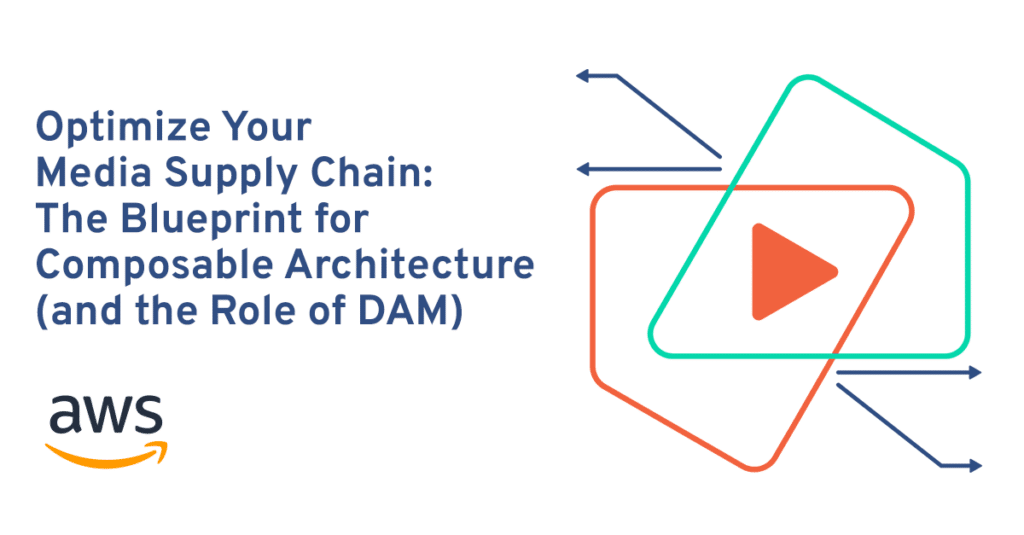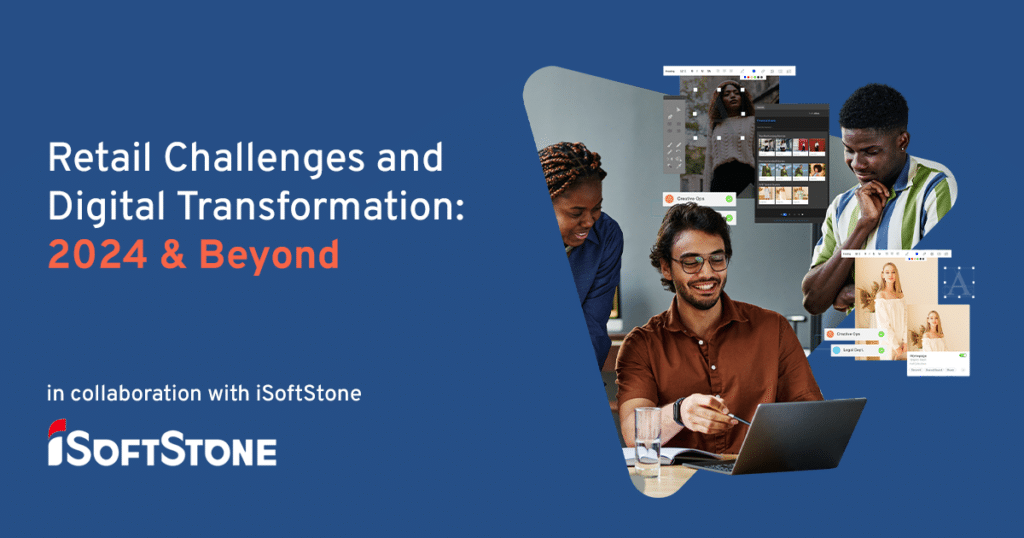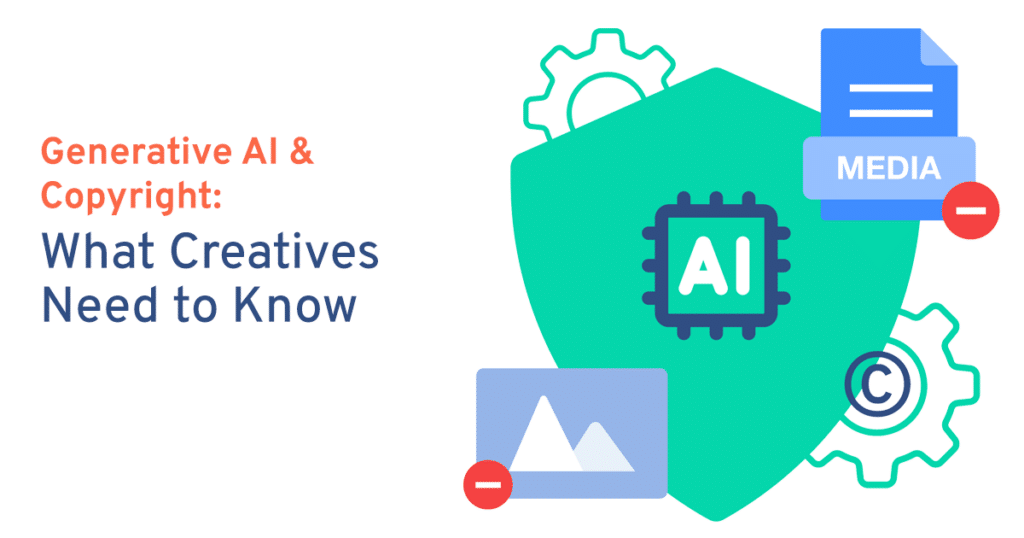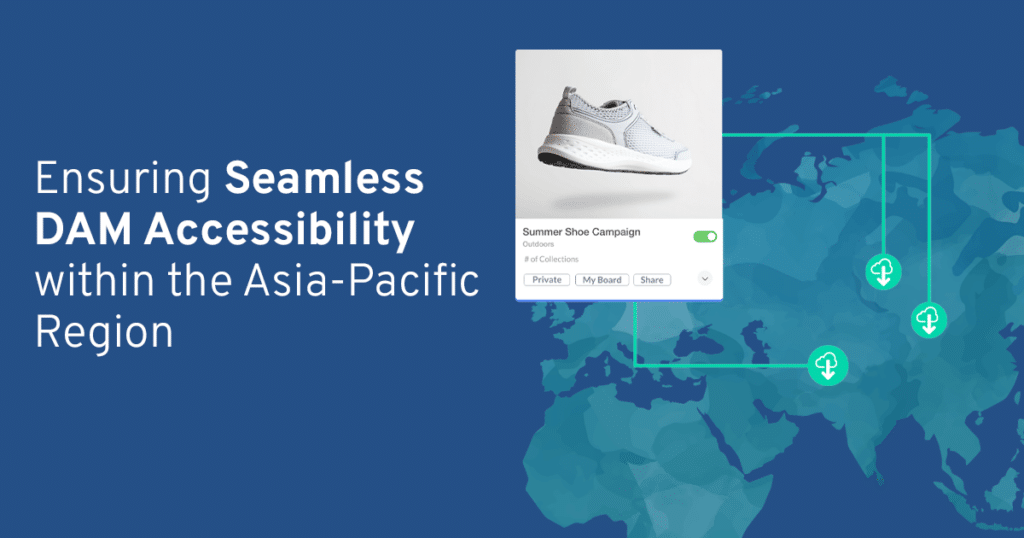
When implementing or upgrading DAM systems, cost is consistently the top concern for executives and creative directors. Between the number of users, the integrations, the internal support needed, a digital asset management system is a big investment. But have you ever stopped to consider what it’s costing your business to not have a DAM?
Without a DAM, you’ll see unnecessary costs across departments ranging from operations and marketing to legal and even HR. Here are the six costs you’ll face without a DAM and why you should consider implementing one (or upgrading your legacy one).
1 - Costs in Your Time and Marketing Budget—Managing Content in a Million Different Places
Your global teams are managing an unfathomable amount of content all the time—are you keeping those assets centralized and organized? Without a DAM, you can’t. Your teams might be wasting time trying to find assets—54% of office workers report wasting time searching for files in disorganized drives and filing systems. Nearly 57% of those surveyed ranked finding files quickly as one of the top issues to solve in the era of remote work.
These problems are only compounded by global content teams who need to share, collaborate, edit, review, and publish content at scale. If you’re using an internal filing system or Google Drive, you might already be experiencing some of those limitations.
This is where your DAM comes in. For example, when it’s time to explore assets for content reuse, having a centralized library of assets leads to a better understanding of what assets you have (to avoid duplication). You’ll also have a better view of the content gaps that exist and what licensed assets you actually need (to avoid over-purchasing). With your DAM’s analytics and tracking features, you can see how assets are being used across channels and how that content is performing. A centralized asset library in your DAM helps you protect your asset investments and get your team’s time back.
2 - Costs in Your Metadata and Taxonomy—Staying Time-Consuming and Outdated
A HubSpot study found that the average marketer spends 16 hours per week on routine tasks.
Instead of manually tagging assets, scrubbing through hours of video to apply relevant keywords, or endlessly struggling with maintaining taxonomy, with the help of AI, your DAM can:
-
- Recognize a particular brand of item and tag the image or video accordingly.
- Recognize individuals and apply relevant tags across assets.
- Tag based on topic, including complex concepts.
- Embed subtitling and speech-to-text translation in 30+ languages, making all audio effectively searchable in the DAM.
The value of AI in DAM is that we can pass on those tedious tasks and give that time back to your marketing team. So, why aren’t you? The world’s top brands, across all sectors and industries, are already using AI to improve their data and digital asset metadata.
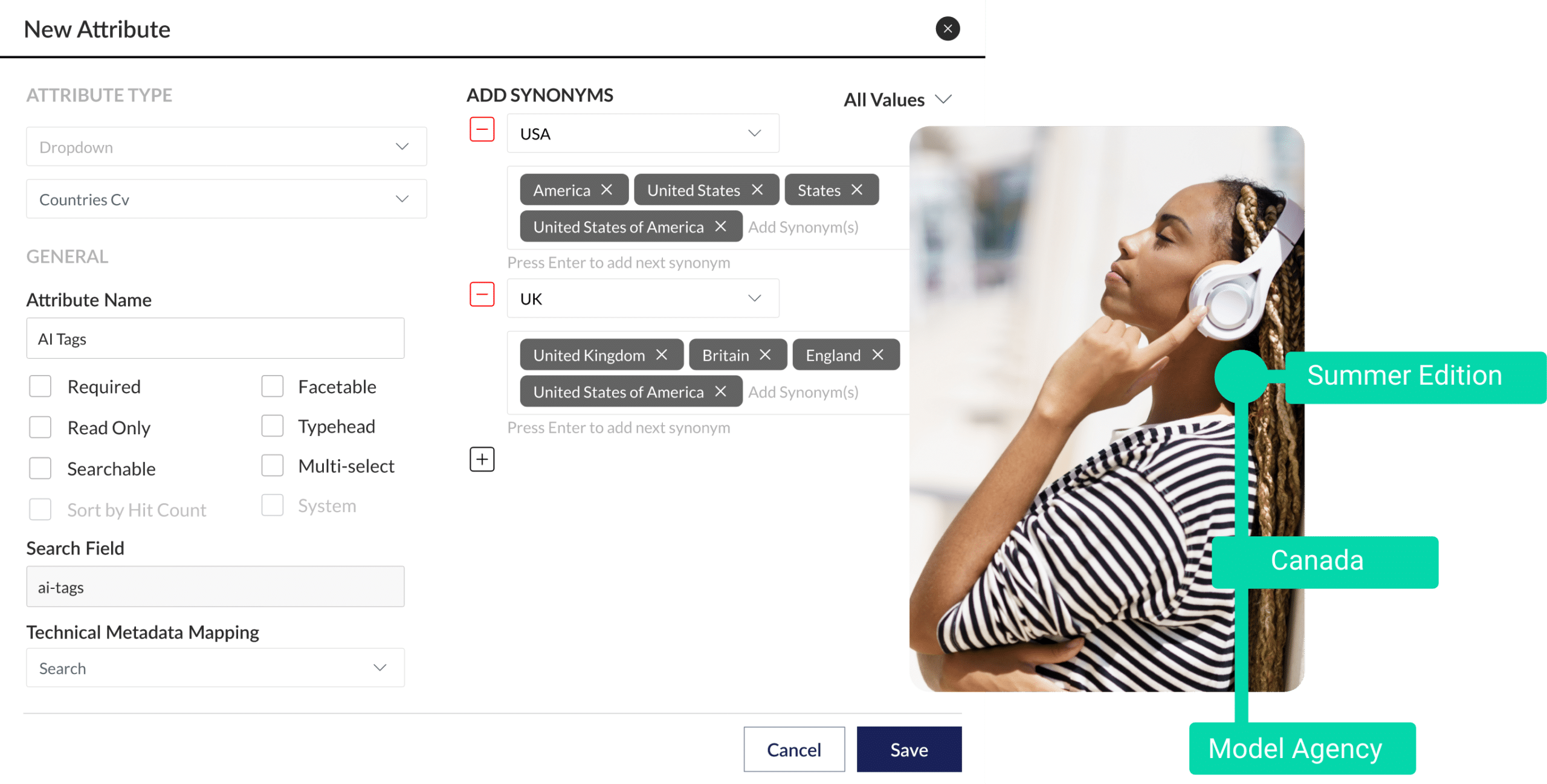
3 - Costs to Your Operational and Creative Processes—Staying Stunted and Inefficient
Your content creation spreads across multiple third-party applications. Your approval workflows scattered in Slack, email threads, and Asana tasks. Your thousands (or millions) of assets hidden in layers upon layers of folders. What do all these scenarios have in common? They’re all impossibly inefficient.
You can expect a DAM to streamline your content creation and accelerate your time to market.
Did you know a modern DAM can:
-
- Automatically tag any asset type using AI upon ingestion, making it easier to find, create, and reuse assets.
- Increase discoverability with advanced search functionality like configurable search filters, user-based permissions, and rights-based content access. Never duplicate content again.
- Centralize approval workflows with system notifications to trigger review rounds and speed up your content engine.
A modern DAM can save your team time from ingestion to publishing and across an asset’s lifecycle. By investing in a DAM, brand teams can focus their attention on creating better, more impactful content, instead of managing roundabout processes.
4 - Costs in Your Tech Stack—Remaining Siloed and Expensive
Without a DAM, your product information stands alone in a database. Your workflow management software can’t easily access your assets (and your workflows are efficiently moving between systems). And your creative teams are manually uploading and downloading assets in the DAM and creative suites, just to make small changes.
With a DAM, you can integrate—and even replace—many third-party software programs to make your processes smoother. Many modern DAMs have built-in digital rights management and workflow management features. No need to add another costly vendor to your marketing stack.
With integrations like PIM and creative suites, you can increase discoverability in your DAM by attaching detailed product information to content and make edits directly to assets without ever leaving the platform. This is a huge time saver for marketing teams because it centralizes processes and ensures you’re only spending money on the technology your teams actually need.
5 - Costs in Your Legal Department—Struggling With Rights and Infringement Lawsuits
Your DAM is likely filled with assets that can only be used under certain circumstances. Manually managing those assets and their associated licensing agreements is a hassle. But misusing a copyrighted asset can cost you big time—just look at Monster Energy’s $1.7 million mistake.

Managing rights and infringement lawsuits doesn’t have to plague you. Built-in rights management in your DAM affords you benefits like:
-
- Bulk ingestion of content and application of rights restrictions, based on existing license agreements.
- Filter and search functions based on licensing agreements.
- Notifications for license expiries and automatic restriction of expired assets.
- Automated workflows for asset download requests if legal/other reviews are still required.
And because rights management is directly tied to each asset in the DAM, you no longer need to pay for external rights management systems and an expensive chunk of your legal team’s time.
6 - Costs to Your Brand—Struggling To Meet Diversity, Equity, and Inclusion Goals
Most companies don’t know (and can’t figure out) how their marketing assets are tied to their DEI goals. If you’re expanding products into diverse markets, launching Pride campaigns, or doing a DEI audit of your assets, you need the advanced metadata features of a DAM. Without a DAM, tagging and keywording assets according to classifications like gender, race, ethnicity, sexual orientation, and ability are nearly impossible to manage. And so it’s nearly impossible to understand whether or not you’re representing a diverse set of people, and if your marketing campaigns are inadvertently conveying bias.
With a DAM, the process is different. DAM managers can include inclusive metadata form field that is required when anyone uploads assets to the DAM. This way, DEI-informed metadata is always assigned to an asset at ingestion, so the most updated and accurate information follows the assets into ideation, creation, and publishing. When accurate metadata is used, users are better able to locate and deploy the right assets. And perhaps most importantly, your users are more likely to use respectful language in marketing materials—DEI-informed metadata in your DAM reduces PR risk to your brand.
Gain More With Your Investment in a DAM
A DAM is a huge investment in your business. But it’s more than worth it. Without a DAM, you’ll likely see costs that you never needed to incur in the first place, like copyright infringement lawsuits, and paying for third-party software already built into your DAM. Take it from real DAM users, deploying a modern DAM is an investment worth making.

